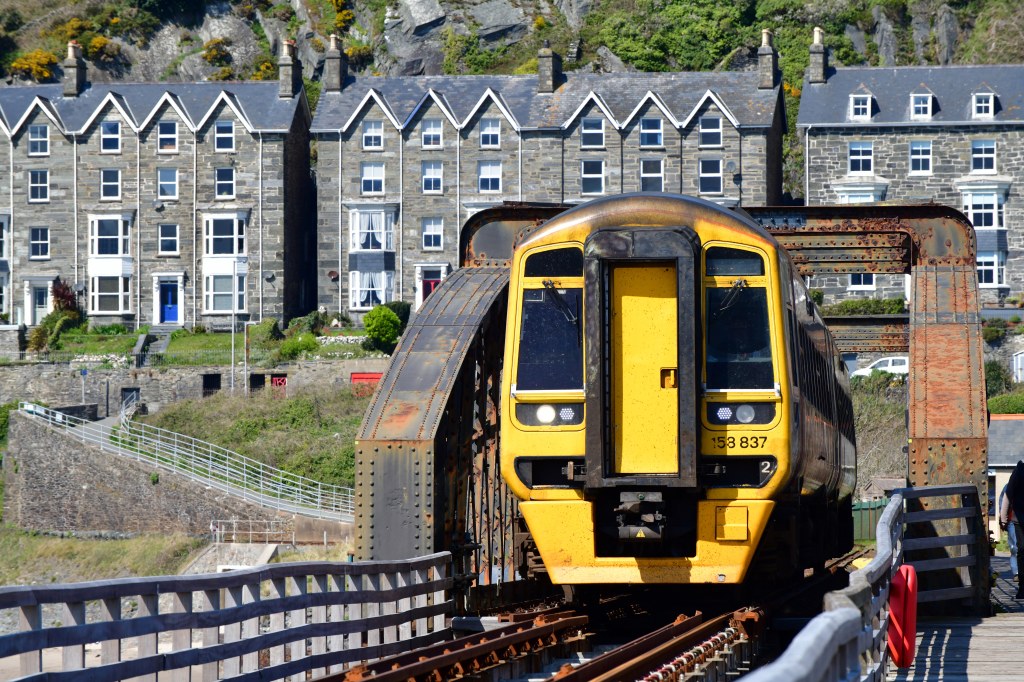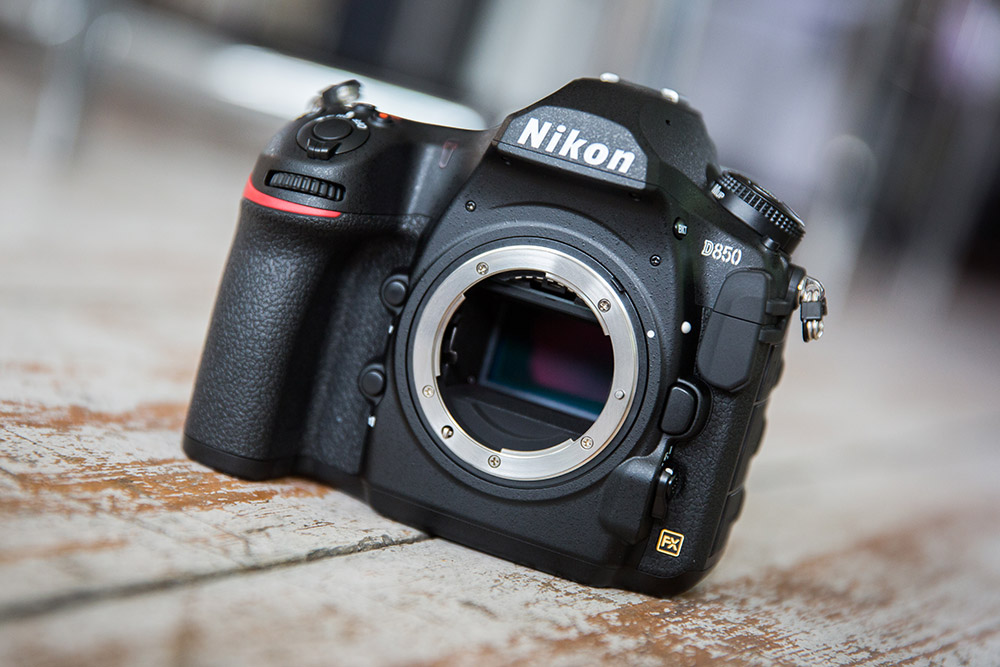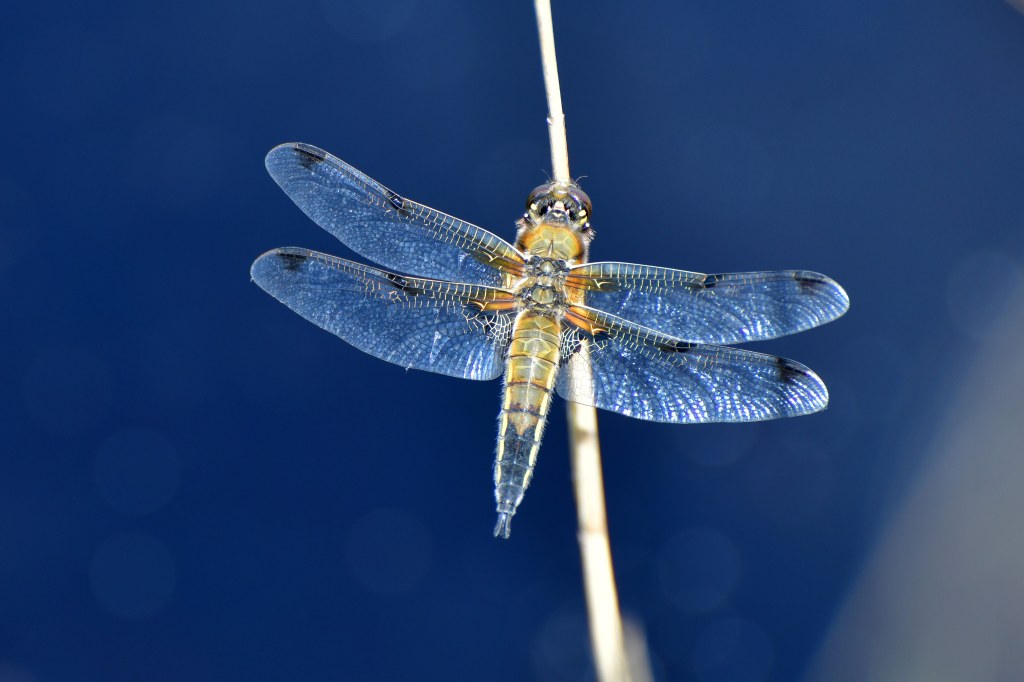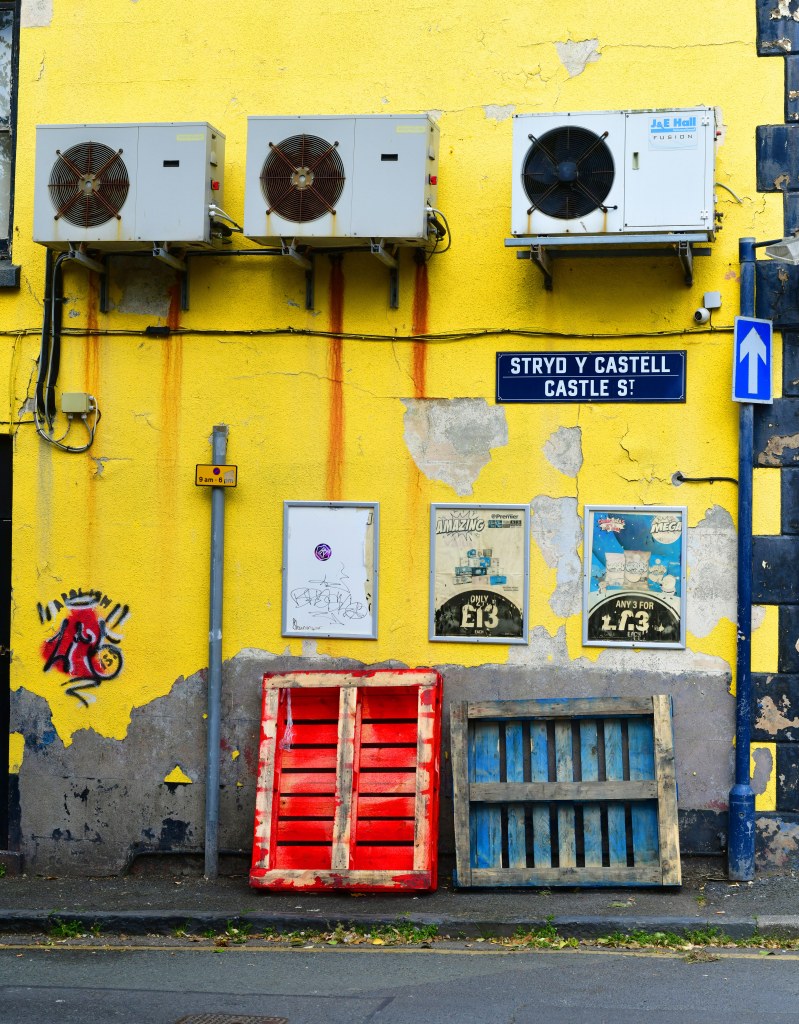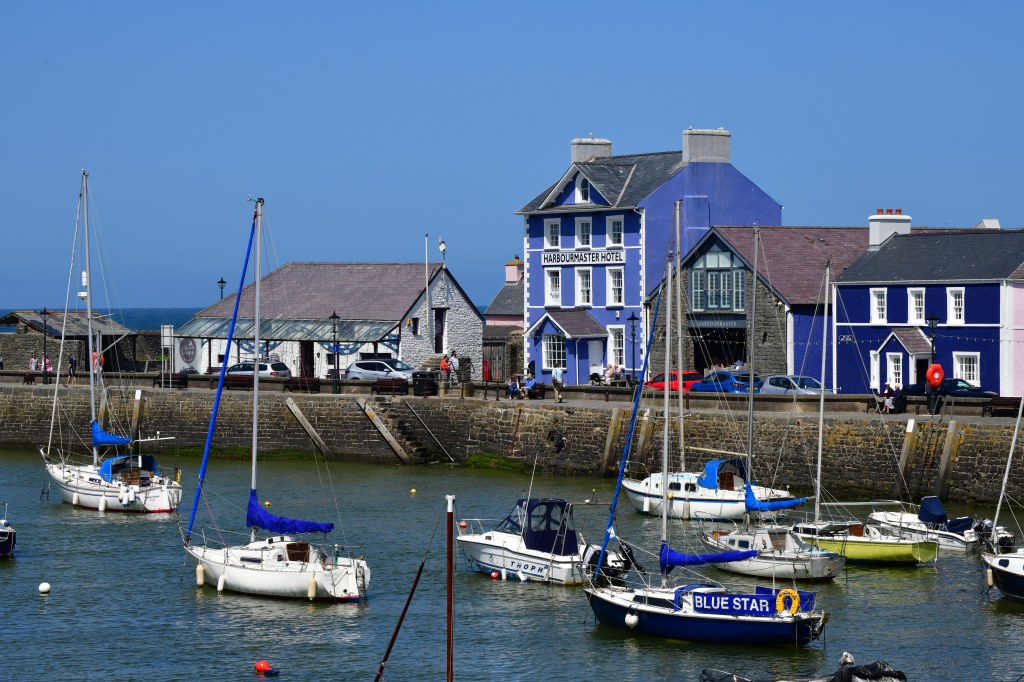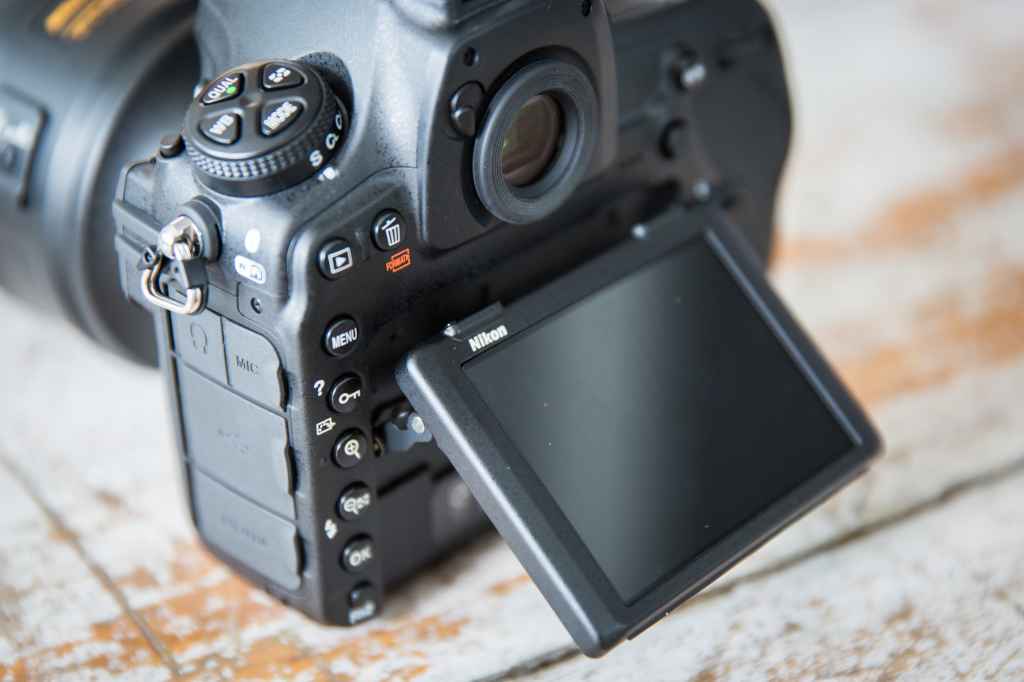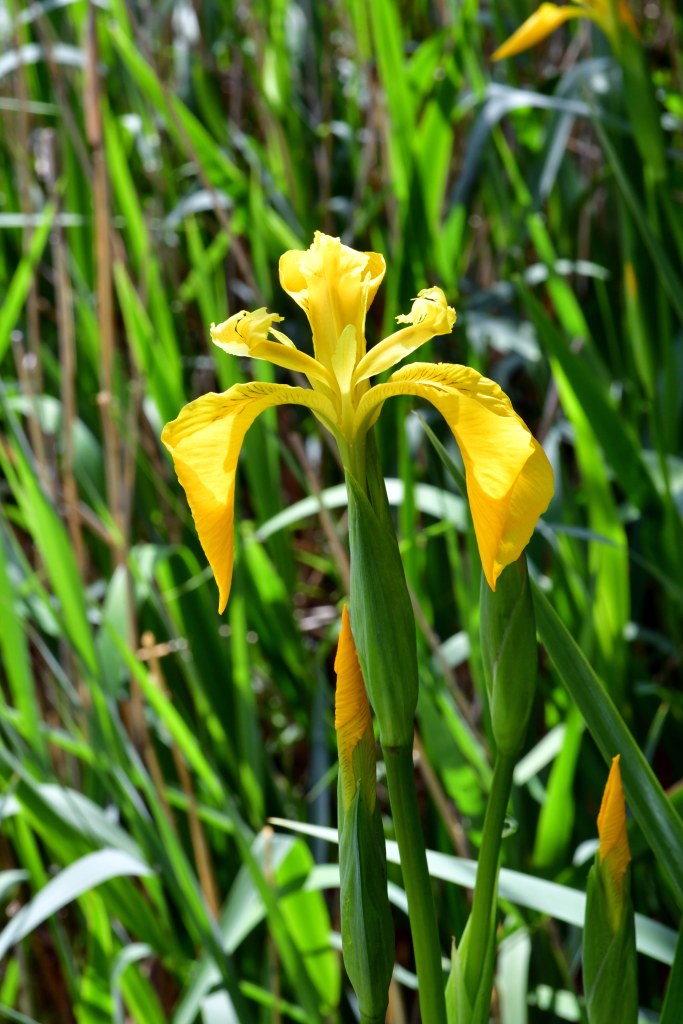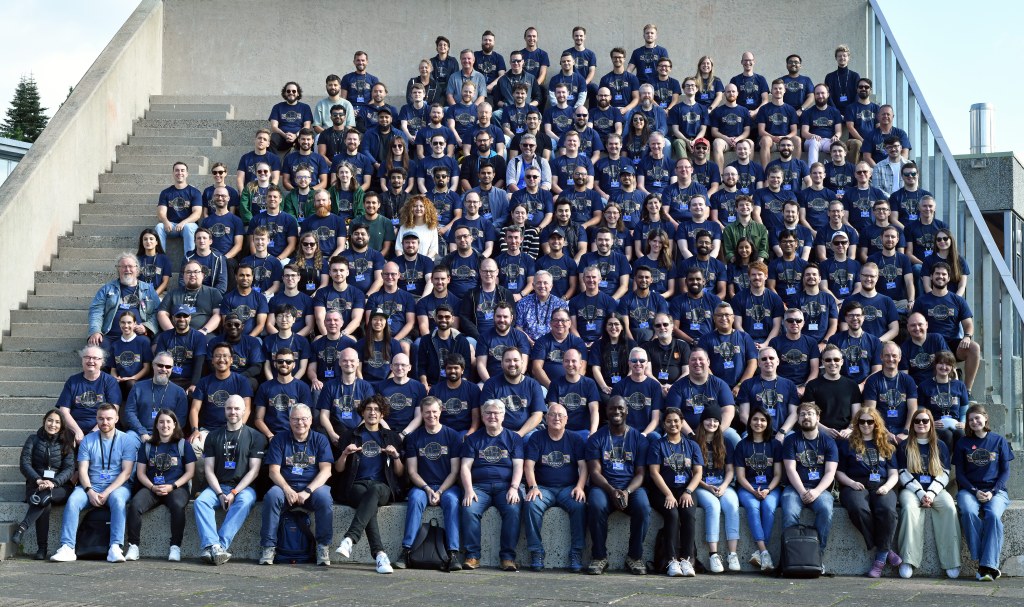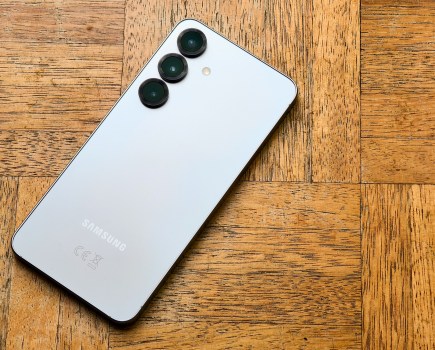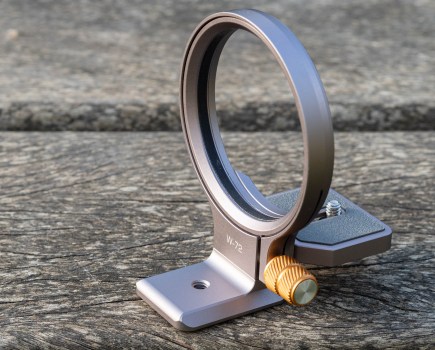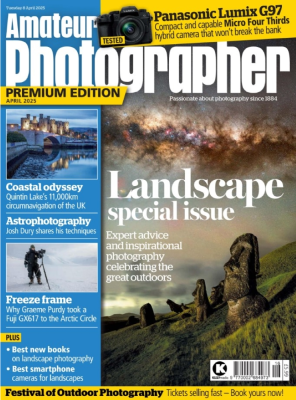When it was released in 2017, I thought that the Nikon D850 one of the best DSLRs would remain forever out of my reach, as the launch price was around $4000/£3500. Happily, the coincidence of receiving a cash advance on a new book and the arrival of one of Nikon’s very welcome seasonal offers meant that a D850 eventually came within my reach.
Nikon D850 at a glance:
- 45.7MP full-frame sensor
- Nikon F mount
- Superb image quality
- Traditional pentaprism viewfinder
- Robust, weather-sealed construction
- Supports a wide range of Nikkor lenses
- Excellent autofocus performance
I bought my Nikon D850 in the Autumn of 2022, when it was already clear that the combination of mirrorless systems and the new Z-mount were likely to consign the F series DSLRs to history sooner rather than later. So why did I buy a D850, when a newer technology was available? A good question, but the answer is slightly complex.
I’ve used Nikon products for pretty much the whole of my professional career, beginning with the F3 film SLR, which I still use regularly. During this time, over 30 years I guess, I’ve assembled a collection of lenses and accessories when I have needed something for a special purpose. This ranges from specialised macro lenses and bellows to long focus telephotos and fisheyes – and represents a substantial investment, one I have no wish to set aside without a good reason.
With this in mind, any future purchases needed to allow this set of kit to remain useful. When the first Z-mount cameras were launched, I was interested enough in seeing one up close that I travelled two hours down the coast to Carmarthen Cameras, who had samples for inspection. I had high hopes for adding a Z body to my working kit, and the availability of the FTZ adaptor supported this – until I realised that this mount adaptor was intended for those lenses with an internal autofocus motor, while the original “screw-drive” autofocus lenses were unsupported except in manual mode.
This was a blow, but what clinched it for me was the performance of the electronic viewfinder. After using an optical viewfinder for so many years, I found the digital version lacked the engagement I expected – giving an experience more like a video game than a traditional camera. I was painfully aware that I was relying on the opinions and decisions of a team of software developers who had decided how I should view the image – rather than seeing the play of the light at first hand and determining for myself how I should perceive it.
Nikon D850 – Layout and functionality
One of the benefits of a mature product line such as the Nikon DSLR family is that most of the major changes have already been made, and each model released embodies incremental rather than radical changes. So it is with the Nikon D850, which builds on the success of the popular Nikon D800 which was launched five years earlier in 2012, as well as the later Nikon D810.
When handled for the first time, the D850 gives an immediate account of itself as a serious workhorse of a camera. The materials are robust, the build quality is of a high order and the controls are positive, falling under the fingers where you expect them to be. It is fairly heavy – weighing in at 1149g with a battery and a 50mm f/1.8 D lens. Heavy, yes, but reassuringly so. The camera is built around a robust alloy chassis which gives a very positive sense of a tool which will continue to perform well in challenging circumstances. Naturally, the body of the D850 has integral weather and dust sealing.
The viewfinder of the Nikon D850 is big and bright, as befits a full-frame DSLR. It is based around a traditional pentaprism design and comes with a Type B BriteView fixed matte viewing screen. This has the usual functionality for the display of autofocus points, and a framing grid can be selected – which is a real bonus for technical subjects such as architecture and document copying. At the base of the viewfinder is a useful range of real-time information, including exposure settings, focus confirmation and a “flash ready” indicator. In the full-frame FX mode, the viewfinder coverage is 100% both horizontally and vertically, which gives extra confidence when working at the extremes of the frame. There is a viewfinder shutter to prevent extraneous light confusing the meter when used on a tripod or in Live View.
Behind the mirror is an electronically controlled focal plane shutter, with vertically running shutter curtains. This is timed to run from 1/8000th of a second to 30 seconds, plus “B” and “T” – “brief time/bulb” and “time” – for long manual exposures. This standard arrangement is augmented by an electronic front-curtain shutter which can operate in various of the “quiet” shutter modes plus Live View – and helps reduce vibration blur. Nikon states that the shutter has been tested to 200,000 exposures.
The shutter protects the heart of the camera, an impressive 45.7MP sensor measuring 35.9 x 23.9mm. This is a backlit CMOS unit without an optical low-pass filter, which gives an extremely high quality output at up to 8256 x 5504 pixels. The ISO sensitivity can be set between 64 and 25,600 – with extended settings available both above and below this range. Performance at the lower end of the ISO range is especially impressive, but even some of the more exotic higher settings will perform well once you learn to trust them. Through the lens (TTL) metering is provided by an RGB sensor of 180 thousand pixels, and the system offers the usual Nikon 3D colour matrix, centre-weighted and spot modes – plus an extremely useful highlight-weighted mode which does a good job of evaluating correct exposure for subjects like a figure in a spotlight on a darkened stage.
Autofocus functionality is provided by a Multi-CAM 20K sensor module which uses TTL phase detection and offers the facility for fine tuning of autofocus lenses. There are a total of 153 focus points available, including 99 cross-type sensors and a handful which will operate down to an aperture of f/8 – which is a boon for the owners of long focus lenses with restricted maximum apertures. The D850 does not have an autofocus illuminator, such is the confidence Nikon have in the performance of the system in low light. Having tested this on many occasions, I can confirm that if you can see it, the D850 can focus on it.
The D850 has two memory card slots – one SD based and one XQD. The UHS-II compliant SD slot supports SDHC and SDXC memory cards and Nikon’s support website has a list of tested cards of various capacities. Personally, I have always stuck with a single product – Sandisk Extreme 128GB cards – which have so far worked flawlessly. The story of the XQD slot is an interesting one, as it speaks to the importance of design decisions. When the D850 was being specified, the XQD standard was being spoken of as the next “big thing” – which was fair enough, as it offered data transfer speeds around an order of magnitude above that of SD technology.
Sadly, the XQD standard was quickly overtaken, with many manufacturers later opting for the physically similar, but not directly software compatible, CFexpress Type B cards. These became more widely available, and to Nikon’s credit they grasped the opportunity to make CFexpress cards compatible with the D850 – through a firmware upgrade. If your D850 has firmware version C: 1.20 or later then you can use the recommended CF Express cards and gain a substantial performance boost. Firmware upgrades are a fairly user-friendly operation, as long as you read the instructions and keep your wits about you.
For me, an important aspect of the D850 is the retention of the classic Nikon F lens mount. This opens up the camera to an incredible range of lenses – well over 300 types of Nikkor lens alone – which have evolved since the release of the original Nikon F SLR. The mount supports both manual and autofocus lenses, including non-CPU AI (aperture indexing) models. Both the mechanical autofocus systems, and the later internal lens motor autofocus, are supported to maximise compatibility.
Manual lenses benefit from the electronic rangefinder arrow indications in the viewfinder, and Nikkor non-CPU lenses can be added to the D850’s menu to enable them to meter more effectively and display the correct aperture in the EXIF data. I use this feature regularly with a range of Nikkor prime lenses, whose optical and build quality I could not hope to better – or afford to replace. Only a few “oddball” F-series lenses cannot be used with the D850: A couple of ancient fisheyes which obstruct the mirror, F3AF autofocus lenses and a few of the older perspective control lenses. Pre-AI lenses are best avoided unless you know exactly what you are doing.
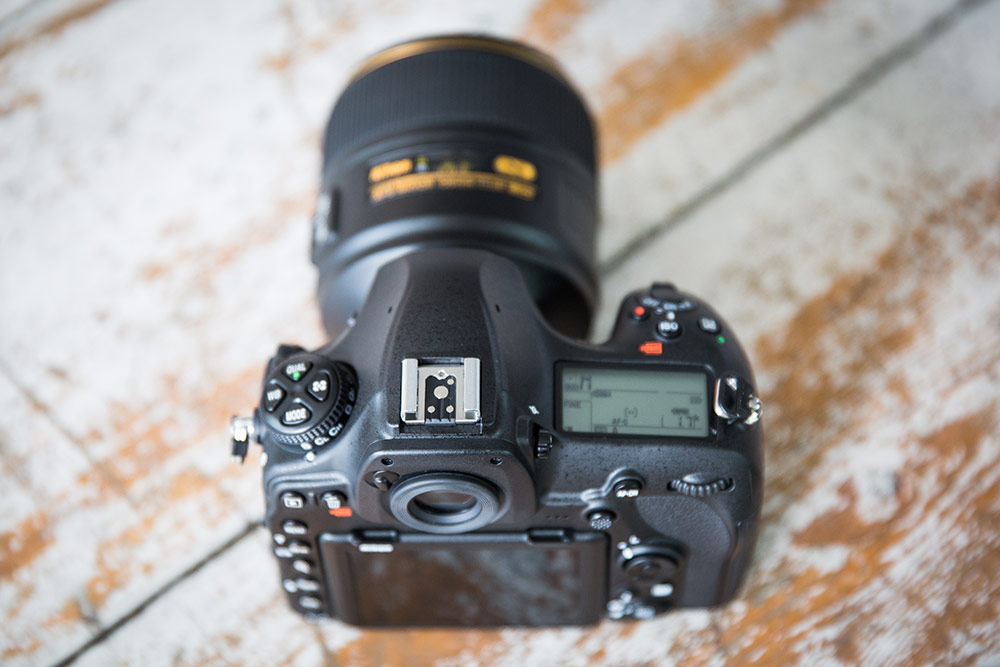
Power for the D850 is provided by one EN-EL15 series battery – a widely used type in the Nikon ecosystem, including in the Z range. This battery can be the original EL15 type or an EL15a/b/c version. The current “c” type is rated by Nikon at 2280 mAh, and I have had close to 2000 exposures per charge in real life situations. The original version will deliver somewhat fewer than this. Those who need a greater capacity can add a MB-D18 battery pack, which also gives you a useful extra shutter release which is useful when working in portrait mode. An AC mains adaptor can also be obtained for tethered studio work.
Flash is catered for by Nikon’s i-TTL system and an ISO hot-shoe with dedicated Nikon contacts on the prism housing. Unlike the Nikon D800, the D850 doesn’t have a built in “pop-up” flash. While this means that the area around the pentaprism can be more robust, I occasionally found the D800 flash useful for fill-in when the subject – usually a person – was impacted by deep shadows. To replicate this, I use a diminutive SB-400 external flash, which while it has limited power and versatility, works very well with the D850’s exposure system in the calculation of fill in flash.
The most valuable role for the D800 flash, however, was its use in Commander Mode for the wireless control of external Nikon flash units. Several options exist to achieve the equivalent functionality with the D850, and most folk will have their own preferred option. Studio flash systems can also be accommodated as the D850 is equipped with a standard coaxial (PC) flash terminal. Nikon note that this can be used with trigger voltages up to 250 volts, which should accommodate all but the oldest and most arcane studio strobes. But, as always, it is advisable to either check carefully or take expert advice on this. Excessive voltage applied to this terminal is almost certain to damage the camera in a non-trivial manner.
Nikon D850 – Connectivity and controls
In terms of connectivity, the D850 is extremely generous. Both Bluetooth and Wi-Fi come as standard, although configured principally as a transport mechanism for the Snapbridge app. This allows you to have limited control over your camera from an Android or Apple smart device in order to fire the shutter, download images, synchronise the camera’s clock to the phone network and download location data from the phone to the EXIF data of the images. I have had mixed experiences with Snapbridge in the past, but the current Android incarnation seems to just work – which suits me fine.
A USB interface is available in the form of a fast USB 3.0 Micro type B connector, and for video enthusiasts, a Type C HDMI connector is included which offers various options for external recording. Audio input and output are via standard 3.5mm sockets, with the microphone input offering plug-in power for the external microphone.
To crown it all, the standard 10 pin Nikon remote terminal socket is present on the front panel. This offers a raft of options for remote releases, control cords to synchronise with other cameras and the connection of a GPS device. For those who sometimes have trouble with wireless connectivity, which is probably most of us, this can be a real boon. One jarring note is that Nikon’s NX Tether utility for professional level remote control is not compatible with the D850 – although it will recognise that a D850 is connected via USB. Come on, folks – this is a premium camera, investing in a few lines of code to sort this out would cost little and really help your user base.
The rear screen is articulated, Nikon call it the “tilting monitor”, which I have mixed views about. Yes, it makes it easier to shoot at both high- and low-level handheld – especially for video – but it does add to the vulnerability of the system to accidental damage. The list of warnings about this in the manual tells its own story. Having said that, the rear screen acts as the command centre for many of the more interesting features of the D850. The tilting monitor is touch sensitive, with the usual range of pinch, stretch and swipe commands – and you can set the system to allow menu controls to be activated by touch, although you need to exercise some care.
As well as the usual Live View functionality, and the extra support for shooting video – which works well, but is outside the scope of this review – the tilt monitor hosts a feature which I thought at first was a gimmick but which I have come to rely on. This is a system to scan film transparencies and negatives with a smooth workflow – resulting in high quality images with good colour rendering and excellent detail. Film negatives have their colour information accurately transposed and the background orange colour cast removed, and the handling of different film types is remarkably good. Even the notoriously difficult to scan Kodachrome 64 transparencies are captured accurately, with strong colour information. Black and white film is handled equally well.
Naturally, you need a macro lens capable of shooting at a ratio of 1:1 and a film/slide holder to take advantage of this feature. My standard setup is a set of PB-6 bellows with a matching slide holder, a Micro Nikkor 55mm f2.8 lens, and an LED light source. The resultant quality is easily a match for most dedicated film scanners, and has the huge advantage of being very much faster in operation – perfect for those of us with a large film library to digitise.
Nikon D850 – In the Field
Having been my daily companion for over two years, I feel well placed to talk about the practicalities of the Nikon D850. I’m a freelance photographer and use a variety of cameras, depending on the job at hand. The D850 was chosen to replace my previous “main” tool, a D800 – which while working perfectly well, was getting towards ten years old.
The Nikon D850 has impressed me with its ability as a strong all-rounder. It will give good results with little effort if you are in a hurry; for news gathering, for example. But spend some time on capturing a scene, as you would with a medium or large format camera, and the results can be truly exceptional. Landscapes are a case in point, and at a low ISO with a sturdy tripod and the right lens, the detail of the images is astonishing.
I do a lot of event photography, recording speakers giving talks at conferences and creating the classic formal conference photographs that folk find so appealing as a record of their participation. The resolution in the images of the D850 is so high that I have to warn a carefully posed group of 200 people that they should remove their name badges if they don’t want to be identifiable. This is impressive, to say the least.
The current high level of solar activity has given me the chance to test another aspect of the D850s performance – low-light imaging. Winding the ISO up to 4000 and mounting a wideangle lens, I have successfully captured the Aurora Borealis (Northern Lights) over my home in west Wales. A dark sky helped a lot, but I was very impressed with the capture of both the auroral colours and the star-field beyond. When working in the dark, you will notice that as well as the LCD top screen being illuminated when the camera is active, most of the rear panel buttons also light up – which shows very welcome attention to detail by the designers.
Nikon D850 – Verdict
The Nikon D850 is the culmination of a line of continuous technical development which began with the Nikon F SLR of 1959. Astonishingly, the majority of the lenses and accessories developed for the F and D ranges since that time will still work seamlessly and effectively, resulting in a truly robust photographic ecosystem.
In my view, the D850 is the most productive and flexible DSLR Nikon have ever produced, and with a little care and good technique it can produce images of truly awesome quality. If you are not yet ready to take the leap into a mirrorless photographic world, then the D850 provides an excellent route to help you maintain and develop your Nikon habit. More than that, the process of viewing the actual scene you are photographing – via the mirror, pentaprism and viewfinder – helps you retain a direct and solid connection with the world you are seeking to capture.
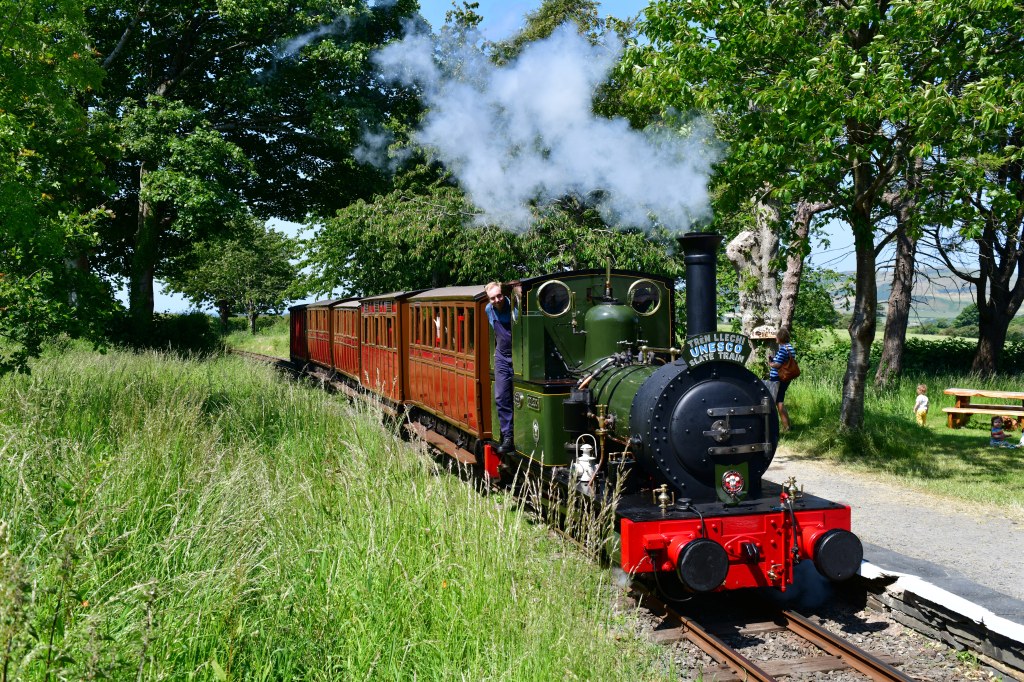
* John Gilbey is a writer and photographer based in west Wales.
Related reading:





